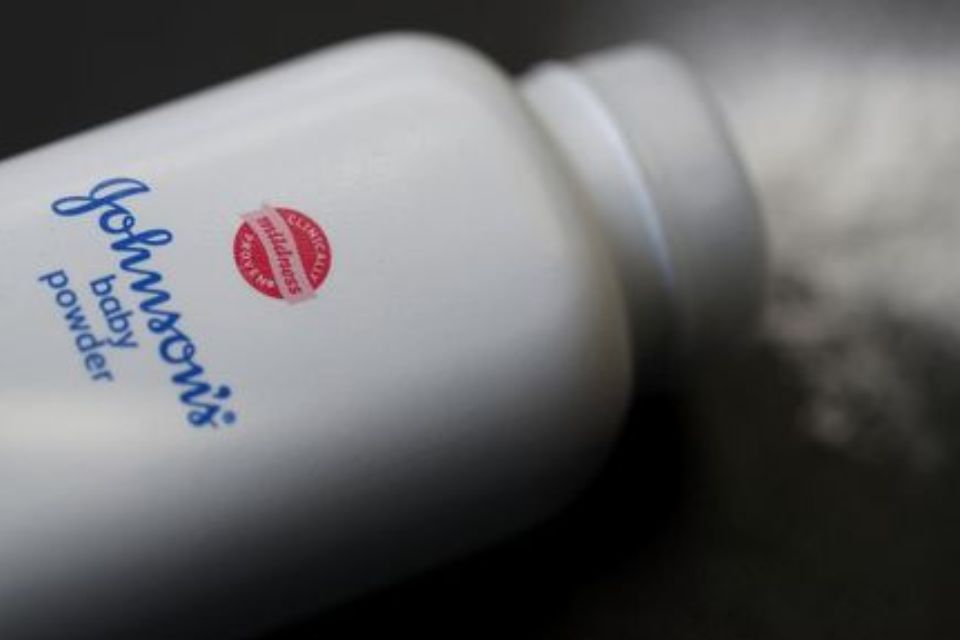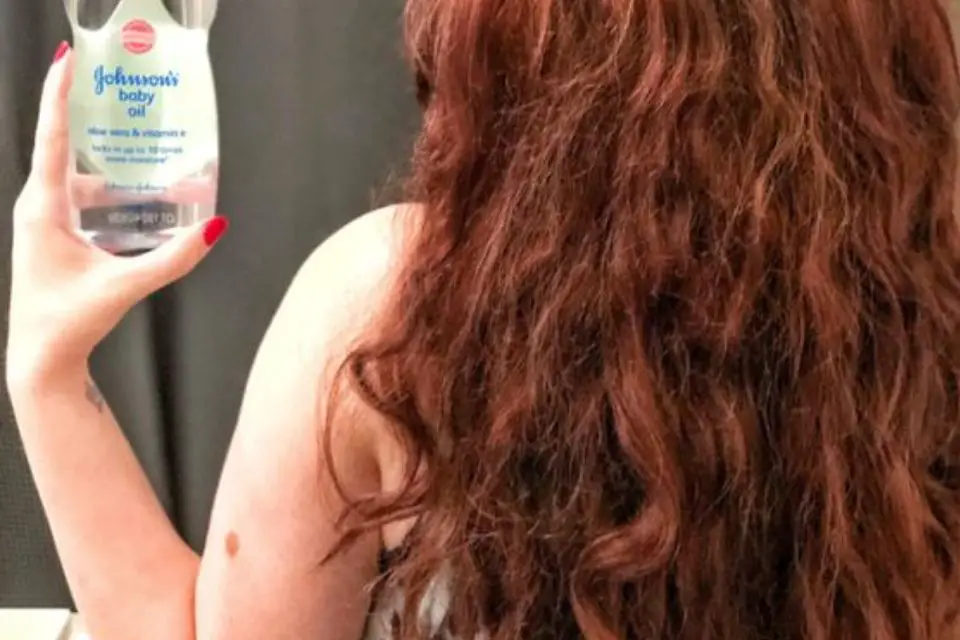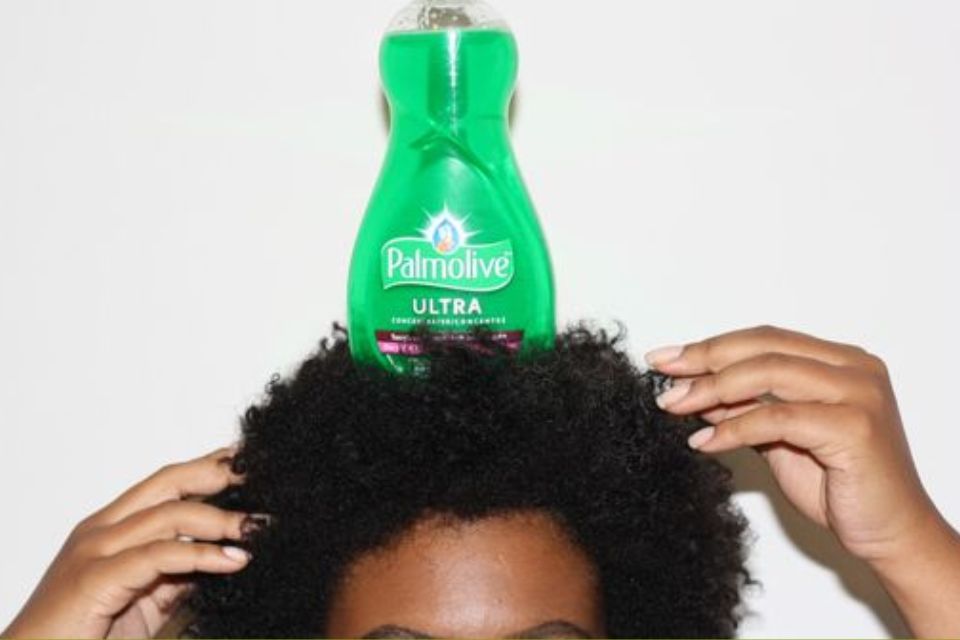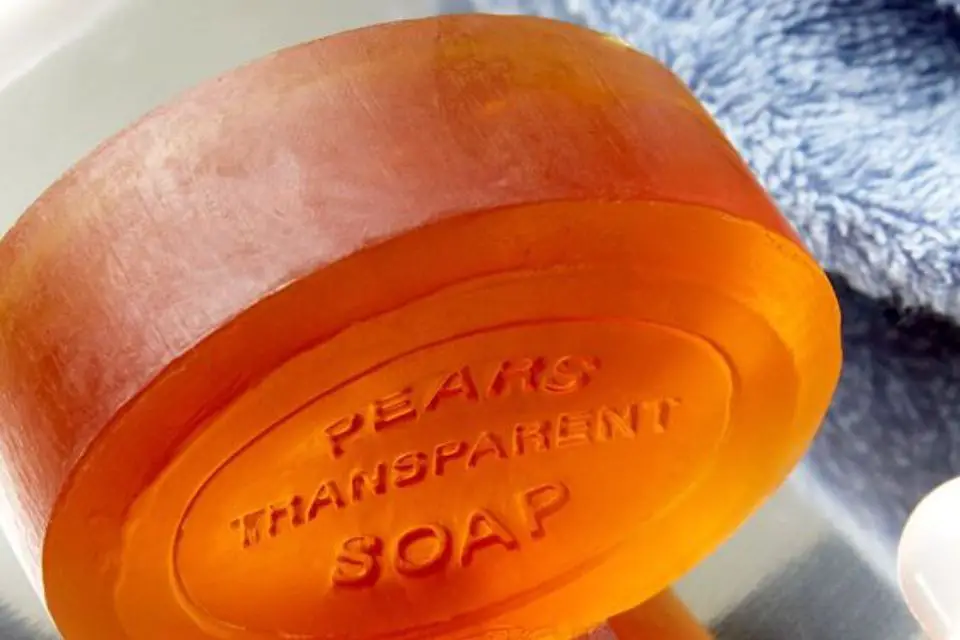Vaseline petroleum jelly tubs are a staple of every household’s medical supplies. This is certainly something you’ve used or seen at least once. This miracle jelly is frequently used to treat chapped lips, hydrate dry skin, style facial hair, extend the effects of perfume on the skin, and a host of other things.
But did you know that you can put Vaseline in your hair as well?
In actuality, Vaseline has been used for a very long time in the fields of skin and hair care. The only drawback to applying this petroleum product to your hair is that it may be difficult to remove with a shampoo.
Usually, this occurs when you use too much product on your hair.
Vaseline can cause tangles, greasiness, and even hair loss if it is not properly removed from the hair. However, be at ease! This post will assist you in resolving that difficult situation. Continue reading to find ways how to get Vaseline out of hair.
What Is Vaseline?
Vaseline is a brand name for a type of petroleum jelly, which is a semi-solid mixture of hydrocarbons derived from petroleum. It was discovered in 1859 by a chemist named Robert Chesebrough and later trademarked as Vaseline.
Petroleum jelly is known for its smooth texture and moisture-sealing properties. It is commonly used as a skin ointment to treat dryness, chapping, and minor cuts or burns. Vaseline is also used in various cosmetic and skincare products, such as lip balms, lotions, and creams, due to its ability to create a barrier on the skin that helps prevent moisture loss.

Vaseline speeds up the skin’s natural healing process by sealing in dry or damaged skin. Vaseline protects the skin from the environment while the skin heals internally.
In addition to its uses in skincare, Vaseline has various household applications, such as lubricating hinges, preventing rust on metal surfaces, and aiding in the removal of stubborn labels or sticky residues.
If used appropriately, it is also known to benefit hair.
Uses of Vaseline on Hair
Vaseline can be applied to your hair in a variety of ways, depending on the results you want.
Several explanations exist for why people apply Vaseline on their hair:
- Works well as a hair mask
- Functions as a styling gel
- fights dry hair
- reduces itchiness and flakiness
- stops the dryness, frizz, and breakage of hair.
- lessens the chance of split ends
But be careful—apply petroleum jelly to your hair sparingly or in little amounts. It should also never be used more than once a week.
You only need to use a pea-sized amount of Vaseline on your hair. It can be difficult to get rid of Vaseline from hair if it is applied excessively.
When not properly removed, it can trap dirt, excess sebum, and other impurities in your hair follicles, creating a barrier or seal that can cause product buildup and hair problems.
Patch testing is essential if you’ve never used Vaseline before and want to put it on your skin or hair.
Why Is It Difficult to Remove Vaseline From Your Hair?
Removing Vaseline from hair can be challenging due to its unique properties and composition. Here are some reasons why it is difficult to remove Vaseline from your hair:
Water Repellent: Vaseline is hydrophobic, meaning it repels water. This makes it resistant to washing out with regular water and shampoo alone. Water-based shampoos may not effectively break down the petroleum-based Vaseline.
Thick and Greasy Texture: Vaseline has a thick and greasy consistency, making it adhere strongly to hair strands. Its heavy texture makes it difficult for water and regular shampoo to penetrate and emulsify the petroleum jelly effectively.
Absorption into Hair Shaft: Vaseline can be absorbed into the hair shaft, especially if the hair is dry or damaged. This absorption makes it more challenging to rinse out completely, as it becomes embedded within the hair structure.
Lack of Solubility: Vaseline is not soluble in water, meaning it does not dissolve in water. Substances that are not water-soluble are generally more challenging to remove with water-based products alone.
Requires an Emulsifying Agent: Vaseline can be broken down more effectively with the help of emulsifying agents found in certain types of shampoos. Emulsifiers help to combine oil-based substances with water, facilitating their removal from the hair.
To effectively remove Vaseline from hair, individuals may need to use a degreasing or clarifying shampoo that contains strong surfactants or emulsifying agents. These shampoos are specifically formulated to break down and remove heavy oils and residues from the hair. Additionally, thorough rinsing and multiple washes may be necessary to ensure that the Vaseline is completely eliminated from the hair.
How to Get Vaseline Out of Hair
“How do I get Vaseline out of my hair?” is undoubtedly the one question on your mind if you don’t want to miss out on all the advantages Vaseline can provide for your hair.
We’ve put together eight efficient methods for removing Vaseline from hair to assist you with that. Discover the proper way to remove Vaseline from hair by reading the tips below.
PRO TIP: For best results, you should do the following before attempting any of these hacks:
To ensure that there are no clumps or lumps in your hair, completely remove as much of the extra Vaseline from your hair using blotting paper or a paper towel. If not, the problem will only worsen as extra Vaseline seeps into other areas of your head.
Don’t wet your hair just yet! Instead of rubbing the vaseline further into your hair, just try to blot it off.
Once you’ve completed these steps, you can try any of the following techniques:
1: Baby Powder

You may find baby powder in practically any household. Use it to remove Vaseline from your hair
However, if you use baby powder to remove Vaseline from hair, there are two things you should be aware of:
Use caution when using baby powder if you have respiratory issues because it typically contains crushed talc, which can worsen existing medical conditions. Avoid using any talc-containing products at all costs.
To prevent rubbing the petroleum deeper into your hair shaft and follicles, use a towel on your hair but don’t rub too much.
2: Vinegar
You can use normal vinegar for this procedure. But use apple cider vinegar for a more potent solution. Because vinegar has a high acidity, it can dissolve even the oiliest materials, such as petroleum oil.

PRO TIP: To make applying vinegar to your hair easier, use a bottle spray.
- Pour a quarter cup of vinegar and warm water into your bottle spray and thoroughly mix. Clarifying shampoo is an additional option.
- Saturate the impacted hair strands with a portion of the mixture, if you’re using a spray bottle. If you don’t have a spray bottle, you can use the liquid to rinse your hair.
- After that, use a paper towel to wipe your hair downward.
- To make sure that all of the excess petroleum jelly has been gone from your hair, you might need to repeat the saturating and washing phase a few times.
- After that, wash your hair with shampoo and apply moisturising conditioner.
3: Eggs

You might be surprised to learn that whisking eggs works well for removing Vaseline from hair.
Due to the filth and smell, this approach should only be used as a last resort. Still, it functions exactly the same as the other techniques mentioned here!
- Crack open a minimum of two eggs and mix them together. You may also add one spoonful of lime juice to help mask the smell of the eggs and three tablespoons of olive oil to help absorb the petroleum even further.
- Apply this mixture to your hair, dampening it with cold water from roots to tips.
- Use cold water to rinse. Avoid using hot water as it may cause the eggs in your hair to cook.
- If you are not fond of the smell, you can use your regular shampoo and conditioner afterward. However, you can skip this step and still have clean, healthy hair if you don’t smell anything.
Some people may find this to be a very unpleasant experience due to the peculiar consistency of eggs. However, if you don’t mind the commotion surrounding this concoction, this technique not only works to get rid of Vaseline from your hair, but because eggs are rich in nutrients, they help nourish hair.
4: Baby Oil or Other Oils
It may seem strange to use oil to remove grease. But it’s science after all!
Vaseline’s hydrocarbon chains are broken down by oil, making it simpler to take out of your hair.

One type of oil that can assist you with that is baby oil. However, you may also use any oil that you have around the house, including jojoba, coconut, and olive oils.
If you use coconut oil instead, make sure it’s warm before putting it on your hair.
- Apply two tablespoons of oil to your hair at first, working it into the areas where Vaseline has damaged the strands.
- Give it a good ten to fifteen minutes.
- To protect the oil and Vaseline mixture from getting into your hair strands, gather several paper towels and pat or blot the mixture. Make sure to wipe it out with a downward motion.
- Your hair will feel oily after the procedure due of the extra oils. Thus, rinse it again as many as necessary until it clears with warm water following.
5: Dish Soap

The harsh cleaning chemicals in regular dish soaps are designed to dissolve the oil on your plates. In a same vein, it works well for removing Vaseline from hair.
- Just like you would with shampoo, apply the dish soap.
- Wherever there is petroleum in the hair strands, massage the soap into it.
- To refill the moisture in your hair, rinse well and don’t forget to use a quality hair mask or conditioner afterwards.
But keep in mind that dishwashing soaps aren’t meant to be applied to the scalp and hair. Consequently, use as little soap as possible.
6: Glycerin Soap
Since glycerin soap is derived from fats and natural oils, it is the most effective soap for removing Vaseline from hair. You may get it at any neighbourhood pharmacy; it usually comes in a bar or liquid form.
Glycerol, a substance found in oil or fat, is present in glycerin soaps. It may seem strange to use an oil-based cleanser to get rid of an oil-based ointment. However, it is logical!

Dermatologists claim that oil, not water, absorbs oil, therefore glycerin soaps can efficiently dissolve and get rid of extra debris from your hair, leaving it clean.
- Using an absorbent paper towel, remove as much Vaseline product from your hair as you can.
- Wet the area of hair that has the product applied to it.
- Use a small bit of liquid glycerin soap on your fingertips, then rub it over the affected region to get rid of any leftover Vaseline.
- Hot water must be used to initially soak the glycerin soap bars. Once it becomes a soapy lather, take some of it and massage it into the problem area and out of your hair strands using downward strokes.
- After giving the glycerin soap a gentle rub, leave it on your hair for roughly 20 minutes.
- Finally, use shampoo and warm water to rinse the soap out of your hair.
Clarifying shampoos
The most straightforward and effective method for handling Vaseline in your hair is to use a clarifying shampoo. Apply it in a manner akin to that of glycerin soaps for efficient petroleum removal from hair.
Clarifying shampoos are designed to capture and remove any remaining product residue while also trapping pollutants.

Therefore, you can also use a clarifying shampoo to get rid of all the extra natural dry shampoo that you used over the day.
But keep in mind that harsh compounds are present in clarifying shampoos. Thus, if you don’t want to harm your hair, be careful not to apply too much product or too frequently.
Wash your hair repeatedly until the water turns clear.
8: Baking Soda
Sodium bicarbonate, sometimes known as baking soda, is a fine powder that works wonders at absorbing oil and grease. It is a great deodorizer that is reasonably priced and has become a household favourite.
Baking soda works well to remove oil and grease from hair because of its great absorbency.

- Using blotting paper or a paper towel, remove any remaining Vaseline from your hair. Then, generously coat the greasy area of your hair with baking soda.
- Rub it lightly with your fingertips. If you don’t want the Vaseline to clog your scalp, try not to rub it too much.
- To absorb the extra oil, let it remain on your hair strands. Five to ten minutes are often needed for this process.
- After that, remove it by shampooing with clarifying warm water and your hair.
- If required, you can repeat the procedure and reapply to make sure all of the petroleum oils are soaked.
- In the end, you’ll need to shower your hair in order to assist get rid of any remaining baking soda and oil residue.
Can Vaseline Damage Your Hair?
There is still discussion over using Vaseline on hair. Some attest to its advantages, but others are hesitant and believe it can have more negative effects than positive ones.
Vaseline’s greasiness might potentially plug your pores and retain extra sebum, so if you have oily skin or are prone to breakouts and acne, you should avoid using it on your face or scalp.
According to others, applying Vaseline also inhibits the correct development of hair follicles, which in turn encourages the growth of bacteria. Nevertheless, trustworthy scientific proof for these assertions is still lacking.
When applied sparingly, Vaseline is generally not hazardous and won’t affect your hair.
Vaseline, however, may cause more harm than benefit to your hair if you use a lot of it and keep it on for several days.
Because of its occlusive qualities, petroleum can create an environment that is conducive to bacterial growth and clogged hair follicles if it is not routinely removed from the hair and scalp.
Ultimately, to prevent limp, lank, and excessively oily hair, try not to use too much petroleum product on your hair.
Apply Vaseline sparingly. You should start looking for additional hydrating hair care ingredients, such coconut or jojoba oils, if you already have oily skin and are prone to acne.
Related Reading: Is Pantene bad for your hair?
conclusion:
If you intend to incorporate Vaseline into your hair care regimen, make sure you are aware of how to take it out to prevent more issues.
Simply keep in mind and adhere to the Vaseline removal advice provided in this article.



